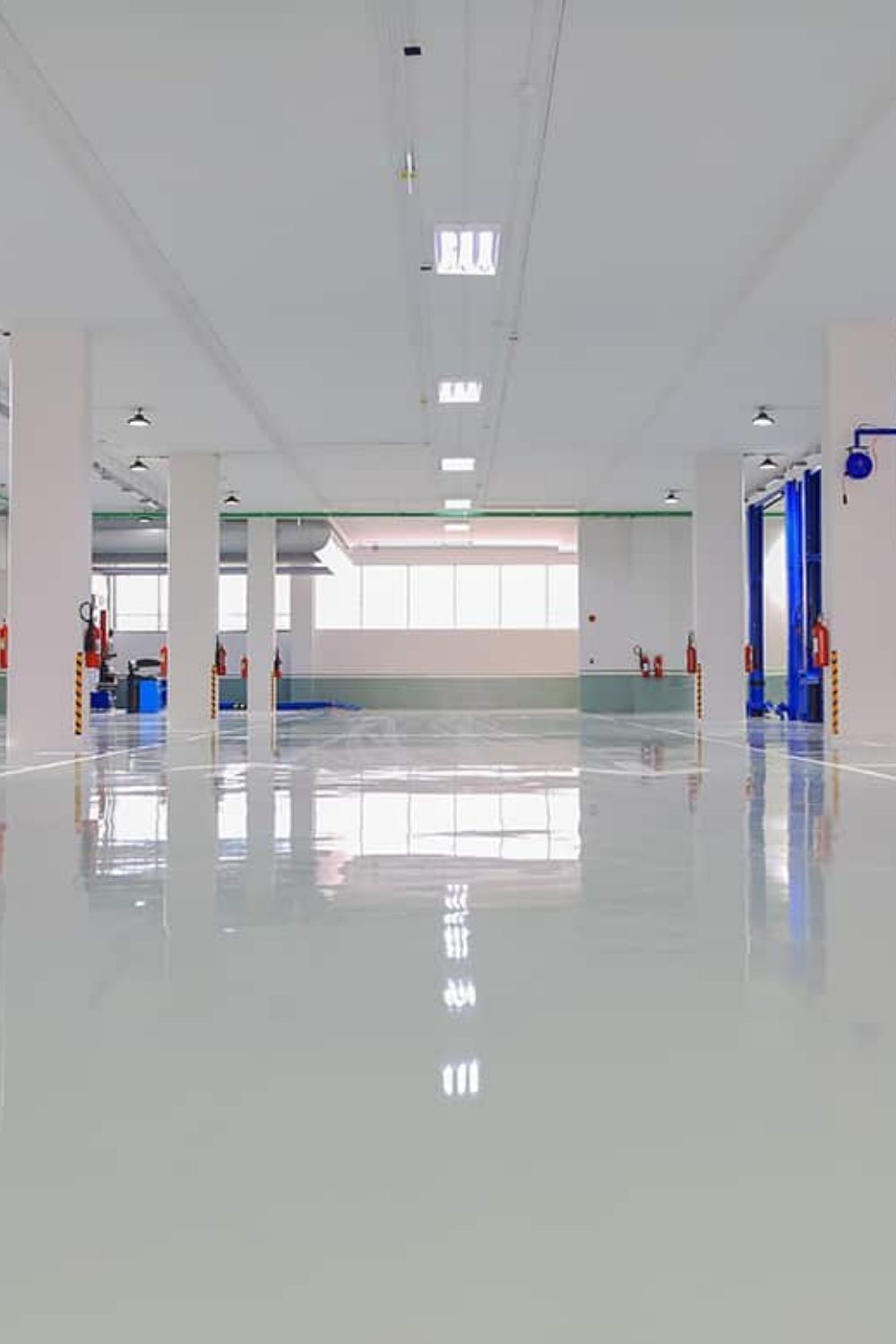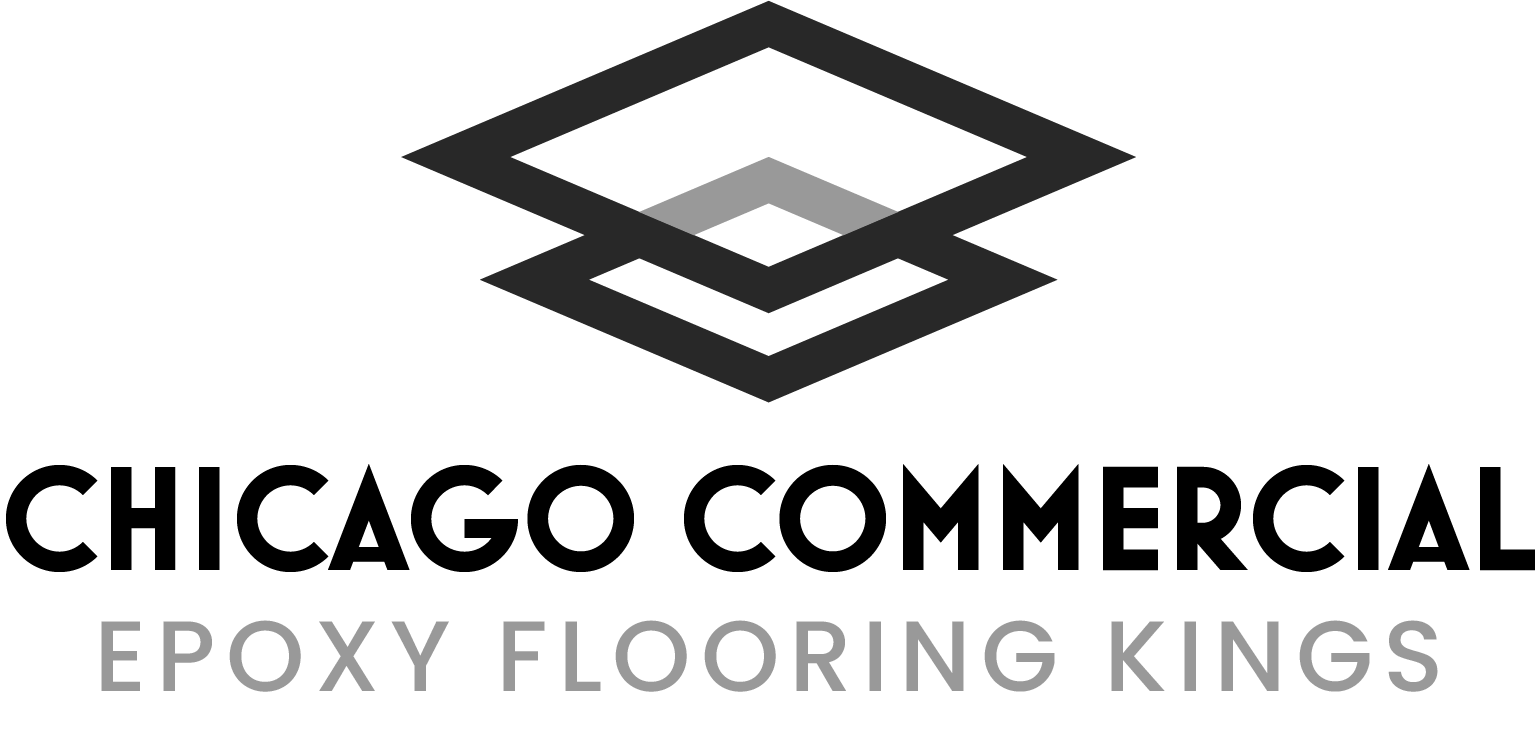Epoxy Floor Inspections in Chicago, IL
Epoxy floors need regular inspections to stay safe and last a long time. At Chicago Commercial Epoxy Flooring Kings, we specialize in epoxy floor inspections in Chicago, IL, providing detailed damage assessments, crack inspections, and safety inspections. Our team delivers accurate epoxy floor condition reports to identify wear, cracks, or hidden issues, keeping your floors strong, reliable, and looking great. Whether it’s a garage epoxy floor inspection, commercial epoxy floor inspection, or industrial epoxy floor inspection, we tailor each service to your specific needs.
Regular professional epoxy floor inspections help prevent costly repairs and ensure your space meets safety standards. By scheduling consistent epoxy floor maintenance inspections, you protect your investment, extend the life of your flooring, and maintain a clean, professional environment. With our expertise and local experience, Chicago businesses can count on us to provide the highest level of inspection and care.
Critical Assessment Points We Inspect
Surface Preparation Evaluation
Surface preparation is key for a strong epoxy floor. We check if the concrete was cleaned properly to remove dust, dirt, oils, or old coatings. Any leftover debris can cause the epoxy to peel or bubble later.
We also inspect the concrete’s texture. A slightly rough surface helps the epoxy bond better. If the surface is too smooth, the epoxy may not stick well.
Moisture levels in the concrete matter too. Excess moisture can weaken the epoxy layer. We use moisture meters to ensure the floor is dry enough before applying epoxy.
Coating Thickness Measurement
The thickness of the epoxy coating affects both protection and appearance. We use gauges to measure the coating's thickness across different areas of the floor.
Industry standards usually call for a thickness between 10 to 30 mils, depending on the floor's use. Thinner coatings might wear out fast, while overly thick layers can crack or peel.
We look for consistency in thickness. Uneven layers can cause weak spots or make the floor look patchy. Our measurements help us confirm the epoxy meets the right thickness for long-lasting results.
Adhesion Testing
Testing adhesion shows how well the epoxy sticks to the floor surface. We perform tests such as the pull-off test, where a small aluminum disc is glued to the epoxy and pulled to see if it peels away.
Strong adhesion means the epoxy can handle foot traffic, machinery, and other stresses without damage. Poor adhesion often indicates problems in surface prep or application.
We document adhesion strength in pounds per square inch (psi). A good epoxy floor should meet or exceed minimum adhesion standards, which helps avoid early repairs.

Addressing Common Epoxy Floor Problems
Identifying Cracking and Peeling
Cracks in epoxy floors often start small but can spread if ignored. They usually happen because of poor surface preparation or heavy impacts. Peeling occurs when the epoxy doesn’t stick well to the concrete below.
We look for any lines or flakes coming up from the floor. These can be signs that the epoxy layer is weakened. If we see cracking or peeling, it usually means the floor needs repair or possibly a full re-coat.
Regular inspections help us spot these problems early. We use tools to check if the epoxy is still firmly bonded to the floor.
Detecting Moisture Issues
Moisture under an epoxy floor can cause bubbling or lifting. It often happens if the concrete slab wasn't dry enough before the epoxy was applied. Water vapor pushes the epoxy upward, damaging the finish.
We test the moisture level in the concrete before starting work. If moisture is present, we use special sealers or ventilation to reduce it.
Signs of moisture problems include small bubbles or blisters on the floor surface. If we catch moisture early, we can treat it without removing the entire floor.
Spotting Surface Imperfections
Surface imperfections like rough spots, discoloration, or dust can affect the look and durability of epoxy floors. These issues often happen when the floor was not cleaned or prepped properly before coating.
We carefully check for any uneven texture or patches that don’t shine. Dust or debris trapped under the epoxy can cause weak spots.
To fix these, we may sand down the rough areas and apply a fresh coat. This restores a smooth, uniform finish and protects the floor from future damage.
Recommended Maintenance and Repair Solutions
Routine Maintenance Guidelines
We start by keeping floors clean and dry every day. Use soft brooms or dust mops to remove dirt and grit that can scratch the surface. Wet mopping with a pH-neutral cleaner helps avoid damaging the epoxy’s shine or protective layer.
Avoid harsh chemicals like ammonia or bleach. These can break down the epoxy over time. Instead, use cleaners made for epoxy floors or mild soap solutions. We also recommend placing mats at entrances to catch dirt and moisture before they reach the floor. This reduces wear and prevents slipping hazards.
Repair Recommendations Based on Inspection
When we find cracks, chips, or worn spots in an inspection, it’s important to fix them quickly. Small cracks need filling with epoxy repair kits designed for the floor type. This prevents moisture or dirt from causing more damage.
For larger damaged areas, we may suggest grinding and re-coating. This involves sanding the floor back to sound layers, cleaning thoroughly, then applying a new epoxy layer. This restores surface strength and appearance. We always advise repairing any damage soon after it’s found. Delaying repairs often leads to costs rising as problems worsen.
Preventative Measures for Longevity
To keep epoxy floors lasting longer, we set clear rules on how they should be used. For example, avoid dragging heavy metal objects across the floor without protection. We also recommend regular professional inspections. These can catch small issues before they grow. Professionals measure floor thickness and look for signs of wear we might miss.
Scheduling annual or bi-annual deep cleaning and resealing preserves the surface hardness. This keeps the floor resistant to stains, chemicals, and physical damage over time.
Epoxy Floor Inspections FAQs
What are the signs that an epoxy floor needs inspection or repair?
Cracks, chips, or peeling are clear signs. Discoloration or uneven surfaces also show damage. If the floor feels sticky or slippery, it may need attention.
How often should an epoxy floor be professionally inspected?
We recommend a professional inspection every 12 months. High-traffic or harsh-use areas might need more frequent checks, such as every 6 months.
What does a typical epoxy floor inspection entail?
We check for surface damage, adhesion problems, and wear. Moisture levels and structural integrity under the epoxy are tested. We also review the floor’s overall cleanliness and safety hazards.
Are there any industry-specific regulations for epoxy flooring in commercial spaces in Chicago, IL?
Yes. Floors must comply with OSHA safety standards. Local building codes may set slip resistance and fire safety requirements. We ensure our work adheres to these rules.
How does climate affect epoxy floors and their maintenance schedules in Chicago?
Chicago’s cold winters can cause expansion and contraction, leading to cracks. High humidity in summer may affect curing and adhesion. We adjust maintenance schedules to address these seasonal changes.
